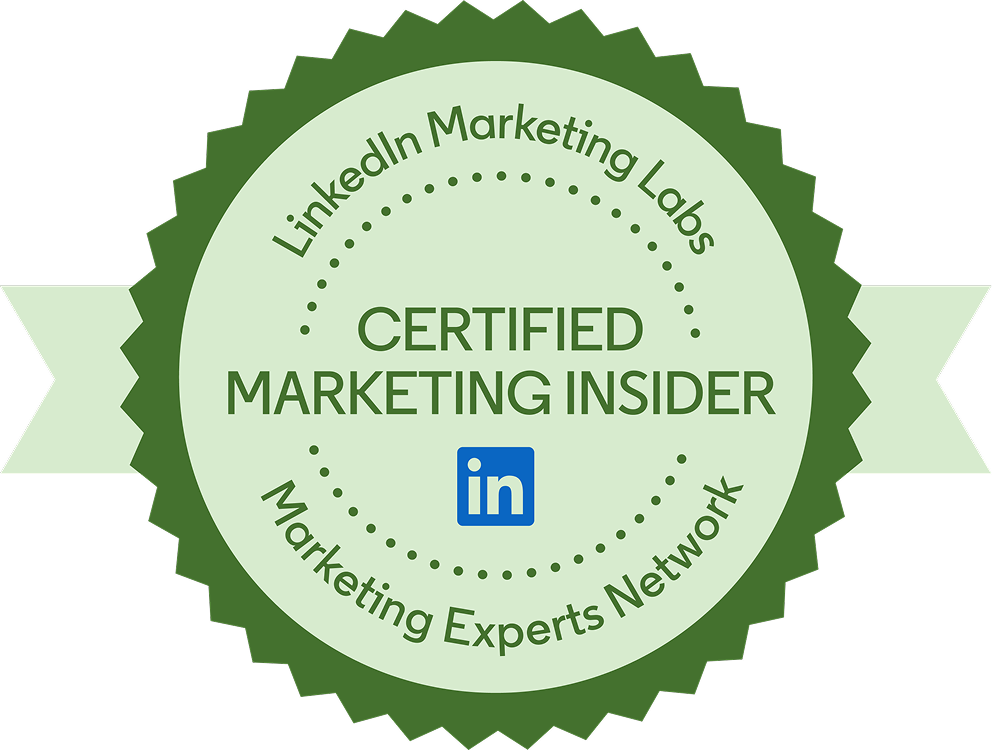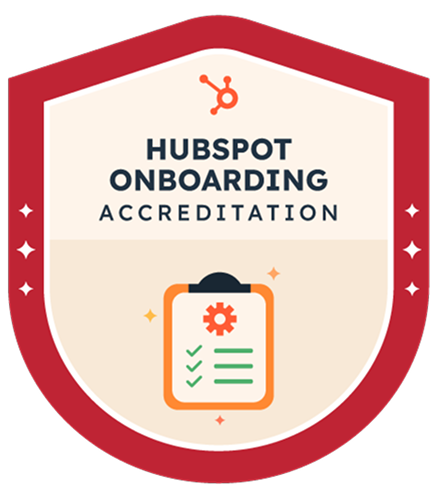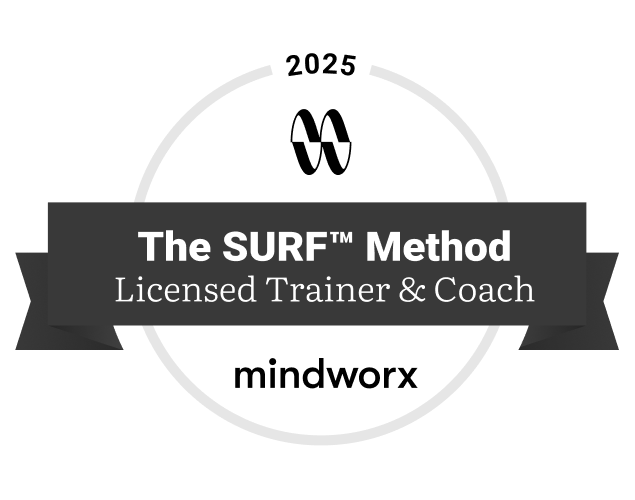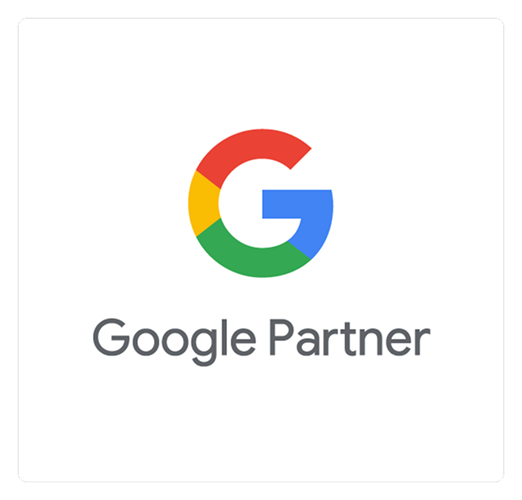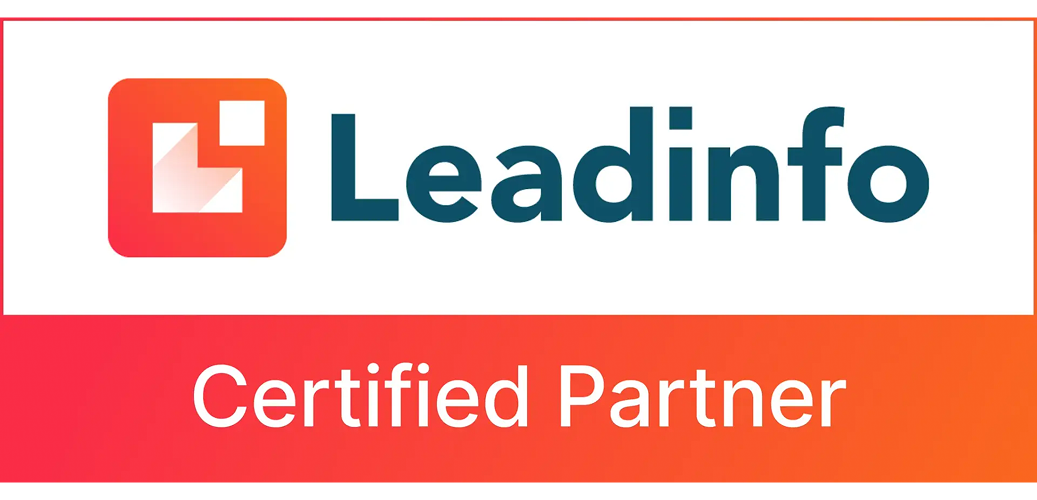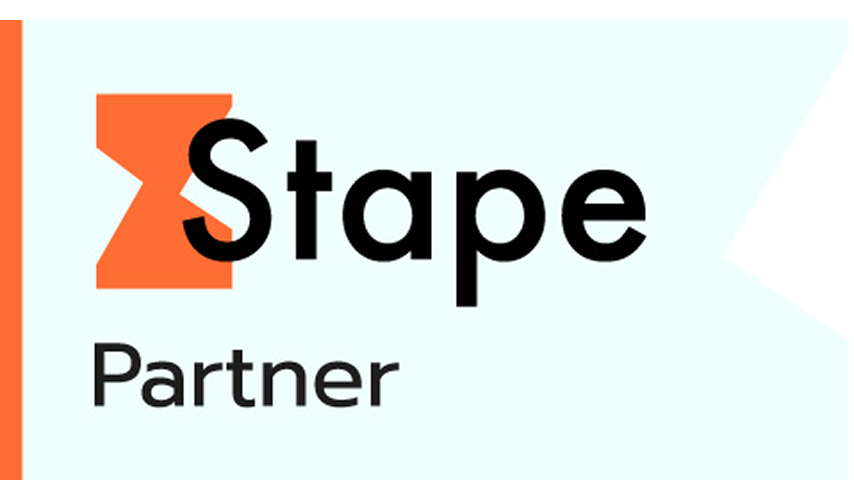Are you constantly feeling lost in the marketing lingo? You’re not alone. Just when you’ve mastered the distinction between inbound and outbound, you hear about something entirely different: demand generation. At first sight, it can appear indistinguishable from inbound marketing. But what’s the difference? And which one should your company be using?
The confusion is understandable, as demand generation and inbound marketing are often used interchangeably. In truth, they are two distinct approaches within growth marketing with different objectives. In this article, we’ll cover the definitions, the differences, when to use each, and how they can work together - so that your marketing strategy is fully aligned with your business objectives and you don’t miss any valuable opportunities.
We know modern marketing can be confusing. We’re here to help you - at SUM Digital, we help B2B entrepreneurs like you scale, taking care of your sales, marketing, and service.
Are you curious about how we can support your growth journey? Check out our growth marketing services.
Understanding the difference between inbound marketing and demand generation
The key thing to understand here is that inbound marketing is a part of demand generation. With demand generation, you’re looking to create interest and awareness in your product among a broader audience, using a mix of outbound and inbound strategies. This full-funnel approach is central to growth marketing, which focuses on scalable, data-driven business growth. With inbound marketing, on the other hand, you’re pulling in leads who are already interested in your solution.
Imagine you have a lemonade stand. What will you do to sell as many lemonades as possible? Maybe you’ll stand out on the street, shouting: “Hey, everyone! Come try the best lemonade in town!” You’re creating an interest in your product by making as many people as possible aware of your lemonade - that’s demand generation.
If you’re not as outgoing, however, you might simply put up a sign “Here’s how the most delicious lemonade is made”, showcasing the process according to a traditional recipe. This way, you’re making your product so attractive that people who already have a need for lemonade will approach you by themselves: that’s inbound marketing.
With the first tactic, more people might stop by your stand, but they will probably need more nurturing - persuading them your lemonade is worth it. With the second tactic, you might attract less people, but more high-quality leads: they are already interested in your product, even if a bit of nurturing is still required.
Did that just get clearer? If not, no worries - let’s delve deeper into each of the terms.
How does inbound marketing work?
Inbound marketing is a methodology which focuses on building lasting relationships with your prospects and customers through valuable content. Instead of pushing your product through traditional advertising, inbound marketing pulls people in by addressing their needs and interests at every stage of the buyer journey.
This process is built around three key phases - attract, engage, and delight. By consistently providing helpful content - like blog posts, ebooks, whitepapers, and organic social media posts - you guide leads down the funnel, often without the need for aggressive sales tactics.

One of inbound marketing’s biggest strengths is the ability to drive organic growth and foster trust over time. Because your content is tailored to your ideal customer profile (ICP) and aligned with each stage of the buyer journey, you attract more qualified leads - those already looking for a solution like yours.
The best part? When you consistently track, measure, and optimize your inbound marketing, you will see its impact grow exponentially. New visitors will transform into loyal customers and brand promoters, resulting in a self-reinforcing flywheel that will fuel your business growth.
How does demand generation work?
With demand generation, you’re creating interest in your company’s product or service across a wider audience. You’re generating demand for what you offer - even among those not actively looking for a solution yet - by putting your brand out there where others are most likely to encounter it. The goal is to build awareness, spark curiosity, and lay the groundwork for future engagement.
To do this, demand generation combines inbound tactics (like blog content or SEO) with outbound strategies (like paid ads, webinars, or targeted campaigns). The key difference is that while demand generation builds a pipeline of potential customers by making them aware of the solution your company offers, inbound marketing lets those who are already interested find you.
In other words, demand generation is like saying: “Let’s show people they have a problem and we can solve it,” while inbound marketing is like saying: “They know they have a problem. Let’s help them solve it.”
Another key difference is the responsibility for lead conversion. Unlike inbound marketing, demand generation aims to attract a large pool of leads, which are then qualified and nurtured over time. While inbound marketing is usually managed primarily by the marketing team, demand generation requires close collaboration between marketing and sales to effectively guide leads through the funnel.
How can they work together?
To achieve your business goals, inbound marketing and demand generation should work hand in hand, with inbound acting as a key component of a broader demand generation strategy. Organic, high-quality content is essential to both - and so is measuring and optimizing to make sure your content is performing well.
First, create that interest and awareness with demand generation, and then use inbound marketing to establish trust and engagement when interest starts to take shape. Using the two approaches together helps you cover the whole funnel, building the foundation for your long-term growth.
Example
Let’s say you are a B2B software company with two goals: to attract new customers and to increase revenue.
To do this, you decide to implement demand generation: running targeted outbound campaigns such as LinkedIn Ads and sending outreach emails aimed at decision-makers who may not yet be actively searching for your solution. These campaigns raise awareness and drive traffic to your website.
Once prospects land on your site, inbound marketing takes over. Through SEO-optimized blog posts and product guides, you nurture interested visitors - by providing valuable content tailored to their pain points and buyer journey stage. Automated email workflows guide these prospects through educational materials, case studies, and customer testimonials.
The marketing team tracks engagement and hands off qualified leads to sales - who then use the insights from both demand generation and inbound marketing to personalize outreach, addressing the prospects’ specific needs. This combined approach ensures a steady flow of leads from broad awareness campaigns while nurturing interested prospects into ready-to-buy customers - maximizing ROI and shortening the sales cycle.
Which is best for me?
If you finished reading this guide, you’re probably wondering: which approach should I implement? The truth is, these strategies are most effective when used in tandem, so there’s no one-size-fits-all answer. The right approach ultimately depends on your business type, sales cycle, and target audience.
If you’re working with a limited budget or a small team, inbound marketing is often the most practical starting point. It allows you to build long-term visibility and trust by consistently publishing helpful, SEO-optimized content tailored to your ideal customer. This all counts - over time, this content will act as a lead-generating engine, attracting qualified prospects without heavy investment in paid campaigns.
On the other hand, if your business is scaling and you’re under pressure to deliver fast results, you might want to pursue demand generation. With a combination of targeted outbound outreach and lead-nurturing tactics, it enables you to get in front of potential customers who may not even realize they need your solution yet - and move them towards a purchase decision more quickly.
Marketing, done for you
Do you want a comprehensive growth strategy that includes both demand generation and inbound marketing, without the headache?
Let’s talk.
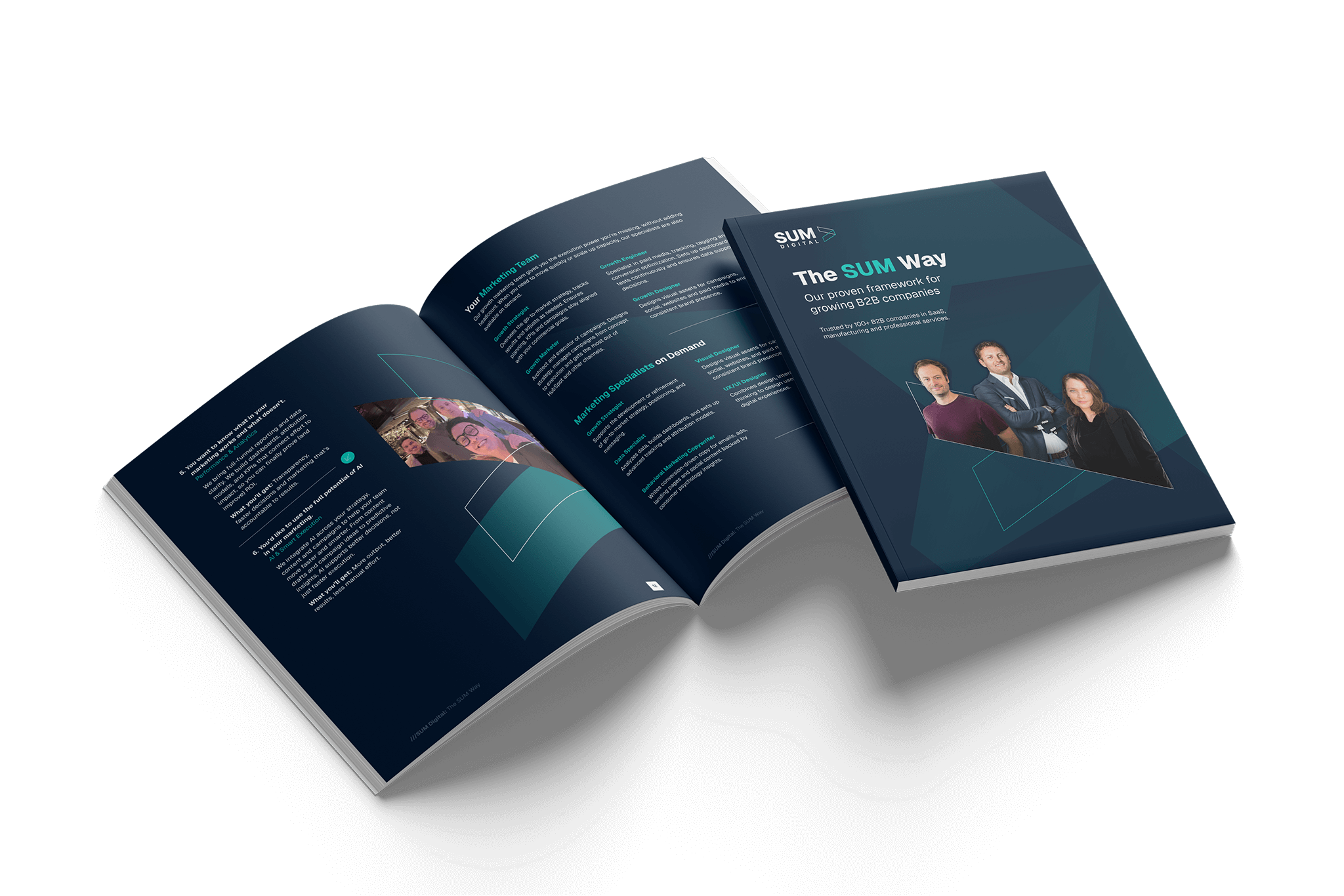
The SUM Brochure
Discover how we think, work and deliver. Inside, you'll find out how our way of working and the SUM Growth Model helps businesses like yours achieve results and grow predictably.

